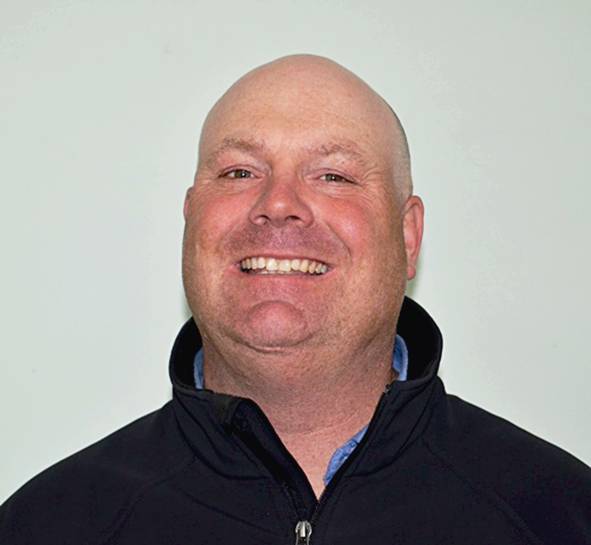Scott Hutchings hasn’t been around for the full 65 years, but he can certainly remember the impact of first-time inoculant use around the border of SA and Victoria.

This year BASF are leading the celebrations of the 65th anniversary of commercial inoculant production in Australia. Since taking ownership of the original inoculant brand, Nodulaid, the company has invested millions in upgrading its local production facility and is keen to make sure the whole farming community is aware of this Australian success story. By improving on the initial development work done in the US, our peat-based inoculants set a standard for the rest of the world to follow.
With that in mind, the company has been on the lookout for long-time Nodulaid users who can remember what a huge impact the initial adoption of inoculants had in many areas.
Scott Hutchings hasn’t been around for the full 65 years, but he can certainly remember the impact of first-time inoculant use around the border of SA and Victoria. Scott is a senior agronomist at Cox Rural in Keith. He’s been recommending Nodulaid for “as long as I’ve been in agronomy – about 25 years.” He learned all about the benefits of inoculation as a student at Roseworthy Agricultural College and has been putting theory into practice ever since.
“For me, it's been a given since day one,” Scott says. He still marvels at the value peat inoculants can deliver, especially in helping build residual nitrogen. “It’s amazing. With good nodulation, you can get 50 to 100 units of nitrogen a hectare – the equivalent of eighty to a hundred dollars’ worth of urea for a relatively small spend.”
The use of inoculants in his area covers legume-based pasture and seed and fodder crops as well as harvested pulse crops like lentils.
Scott has seen many examples of the yield benefits Nodulaid can provide. “Particularly when people started growing lentils in this area on slightly acid soils. There were crops that had been put in without inoculation, and it was very visible that they didn’t perform.”
While the Nodulaid name has been around for a long time, the product that is freshly cultured and supplied to growers each season keeps evolving. Each year’s new batch contains the latest strains of rhizobia supplied by the Australian Inoculants Research Group. That relationship continues the unique collaboration between the public and private sectors that has always underpinned the outstanding quality of locally manufactured inoculants.
Scott has noticed the impact of changing strains. “In paddocks which haven’t been inoculated for years, growers are now going back in with new strains and you can really see the response.”
The survival of rhizobia in the soil is one of the few issues still debated in the area. “On four-year rotations, I recommend growers inoculate every time they plant a pulse crop,” says Scott. “I still have the odd grower who questions it a bit, but mainly because they think there are already enough rhizobia in the soil.”
As Scott observes, some signs of nodulation can lead growers into thinking the residual rhizobia in the soil will do the job when they’re actually underperforming. “They still get nodulation, but instead of the pink nodules, they get white and green ones that don’t perform as well.”
Scott recognises that rhizobia will survive longer in black soils with more organic matter than in the drier, more acidic soils that are more typical of his area. But even that can be deceptive: “you can get nodulation in an organic layer, then the roots hit an acid layer and nothing happens.”
Generally, though, he says the results have shown his clients the value of regular inoculation. “For a lot of my growers, it's second nature. Now it's more discussion about the best form of inoculation. If it’s a dry sowing, they’re looking more at granules.” Within the BASF range, that simply means a switch from Nodulaid to Nodulator. Freeze-dried bacteria have also become an option, but – as Scott points out – they may have more rhizobia per gram, but they can’t match Nodulaid for survivability.
Nodulaid as a brand has now survived for over six decades and is still going strong. In 2018, its reliability continues to give growers all over Australia a big return on a very modest investment.